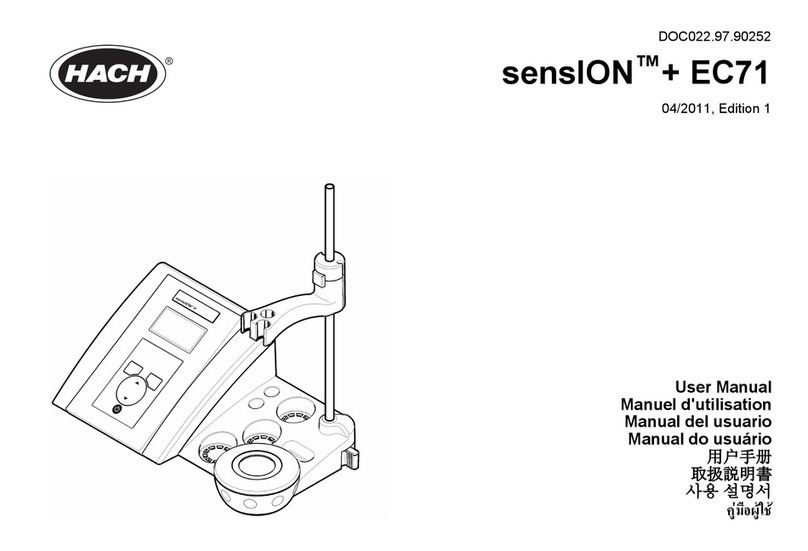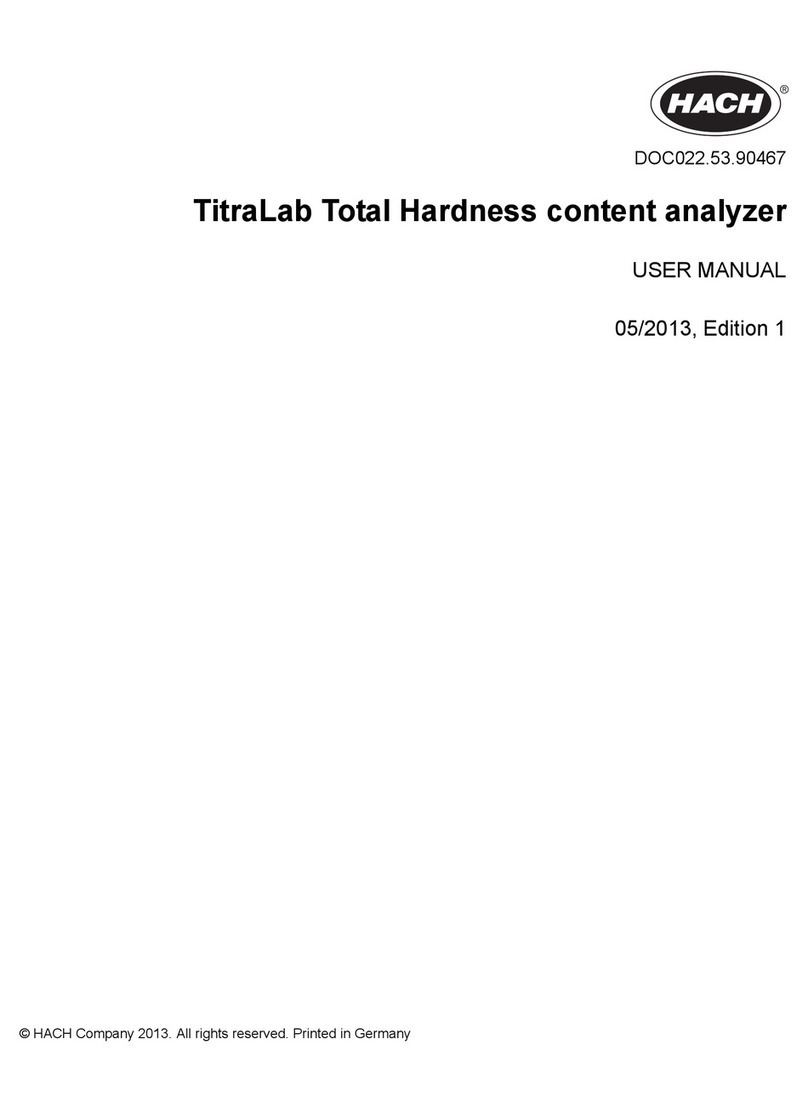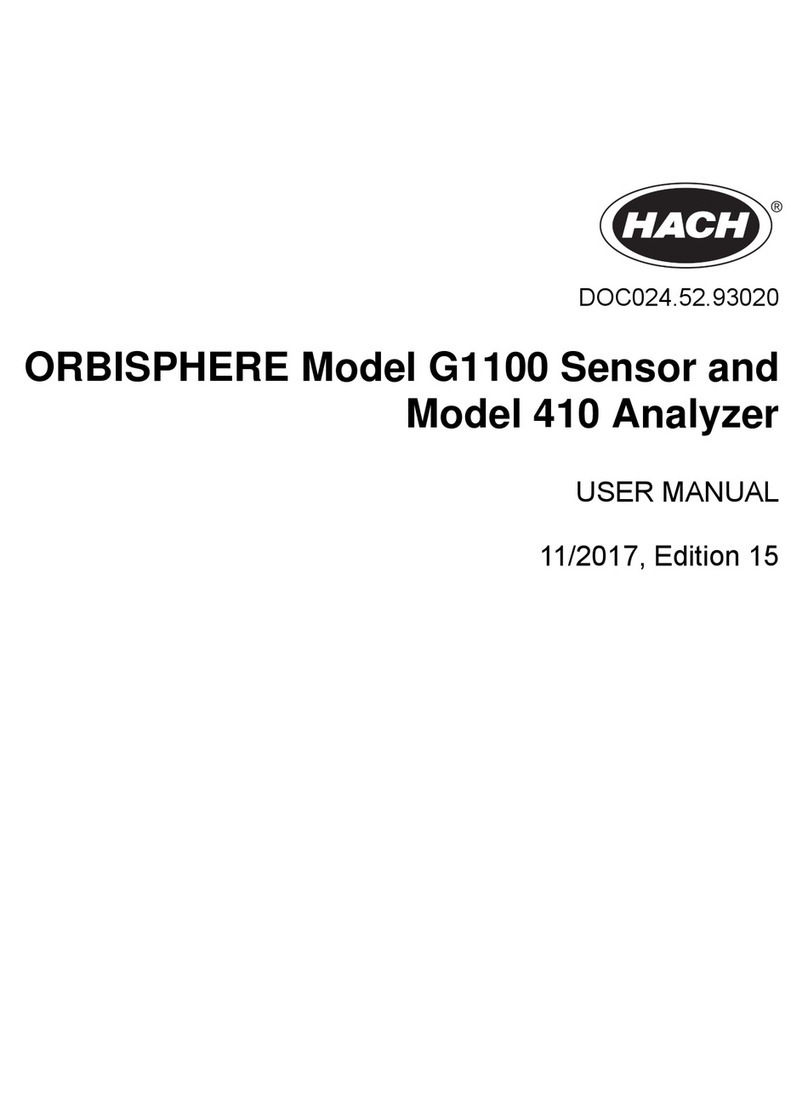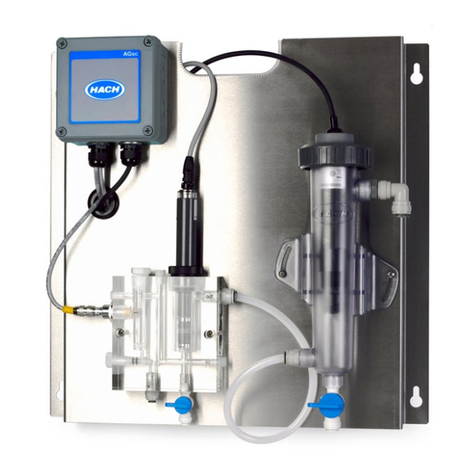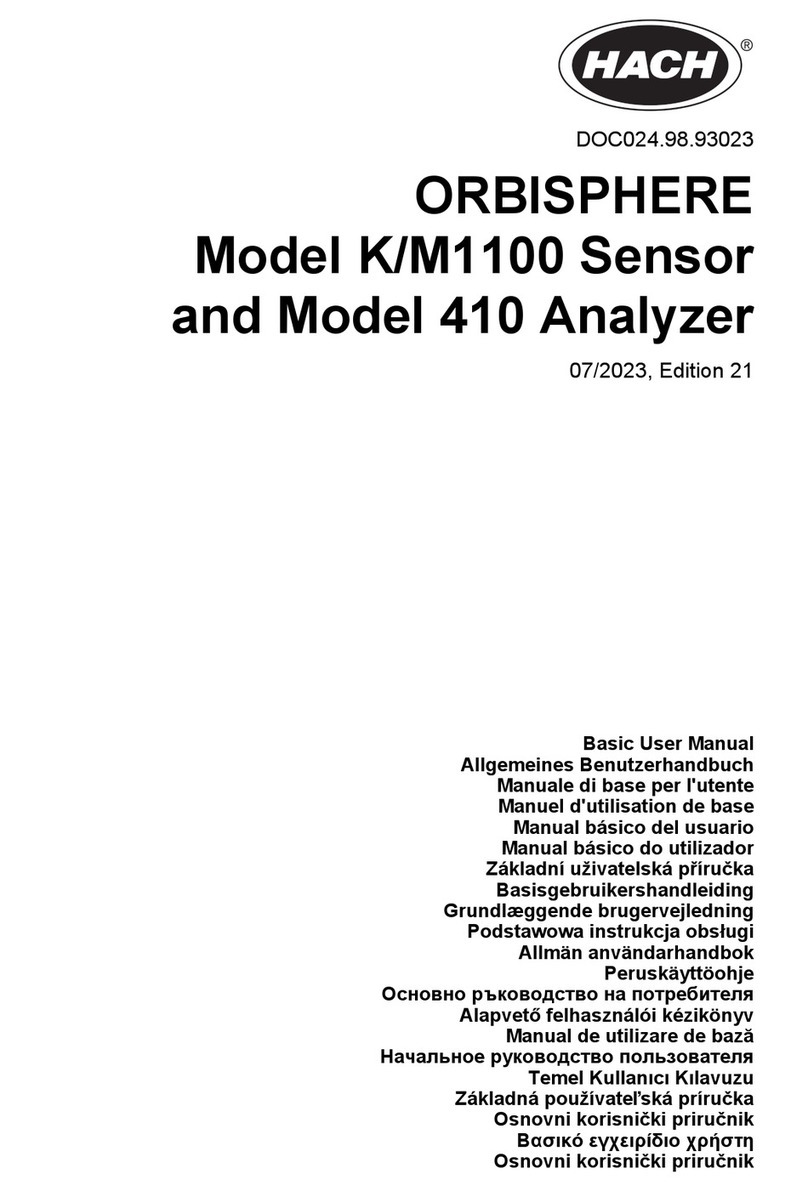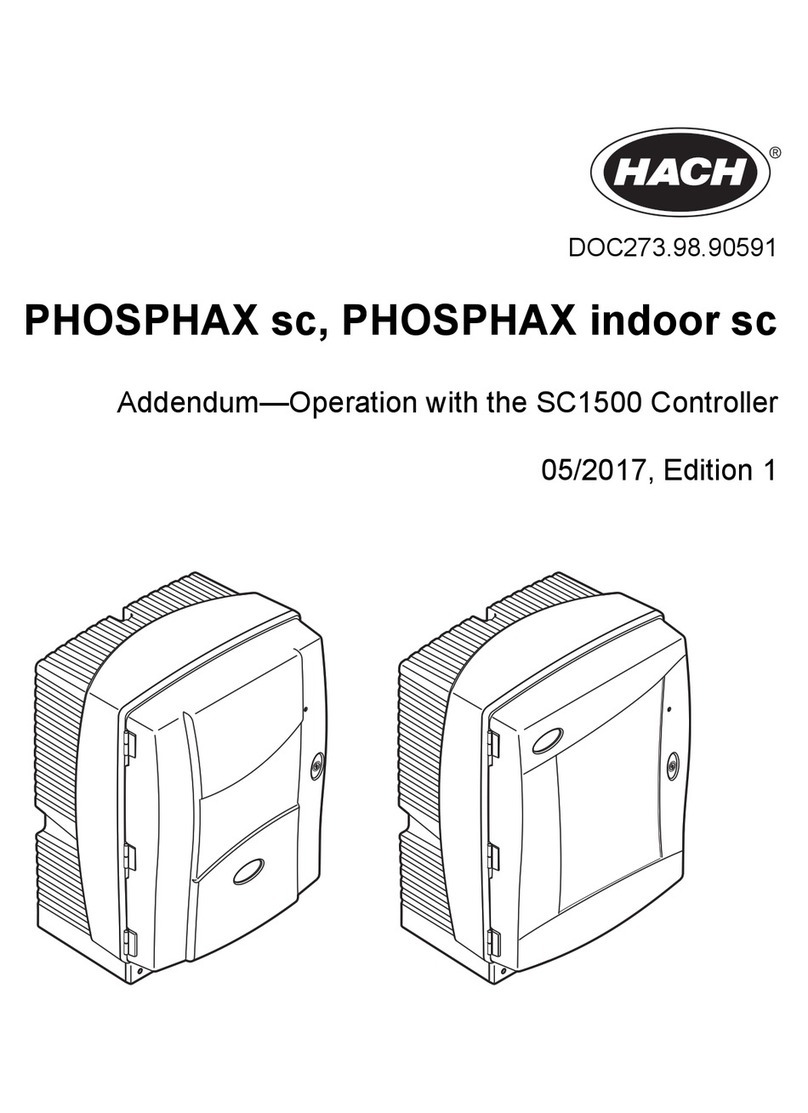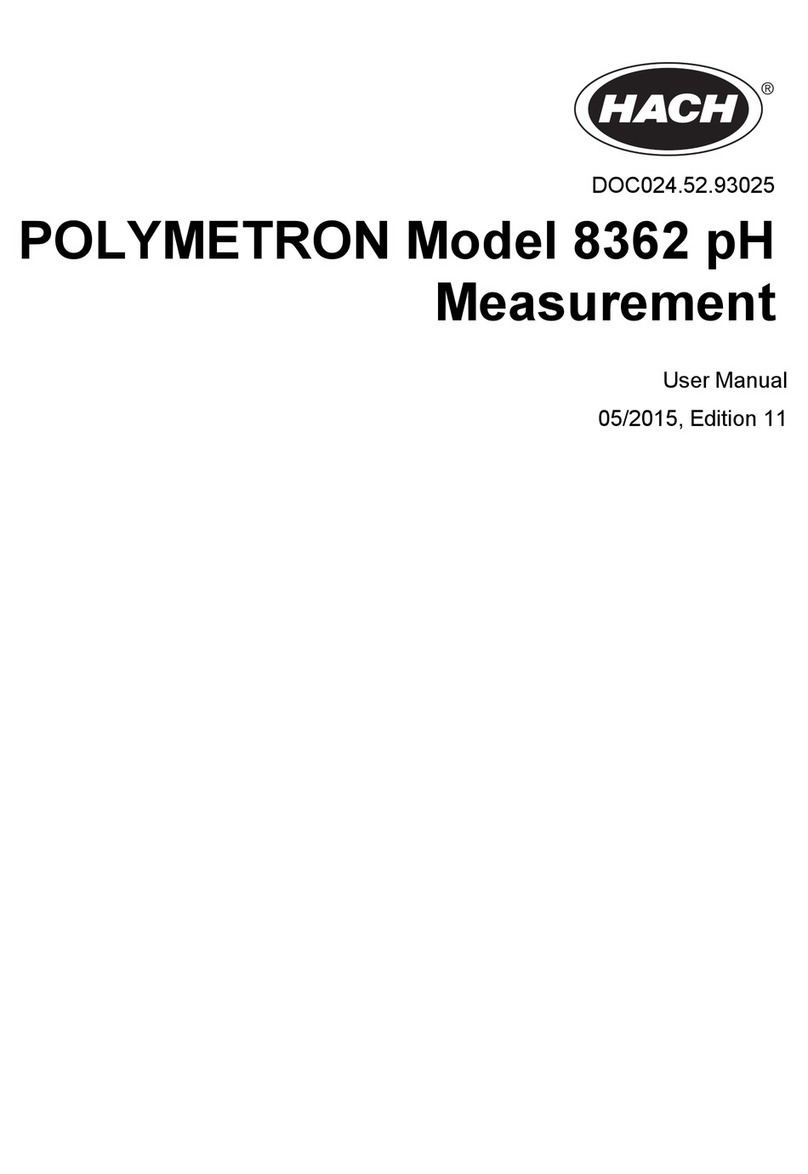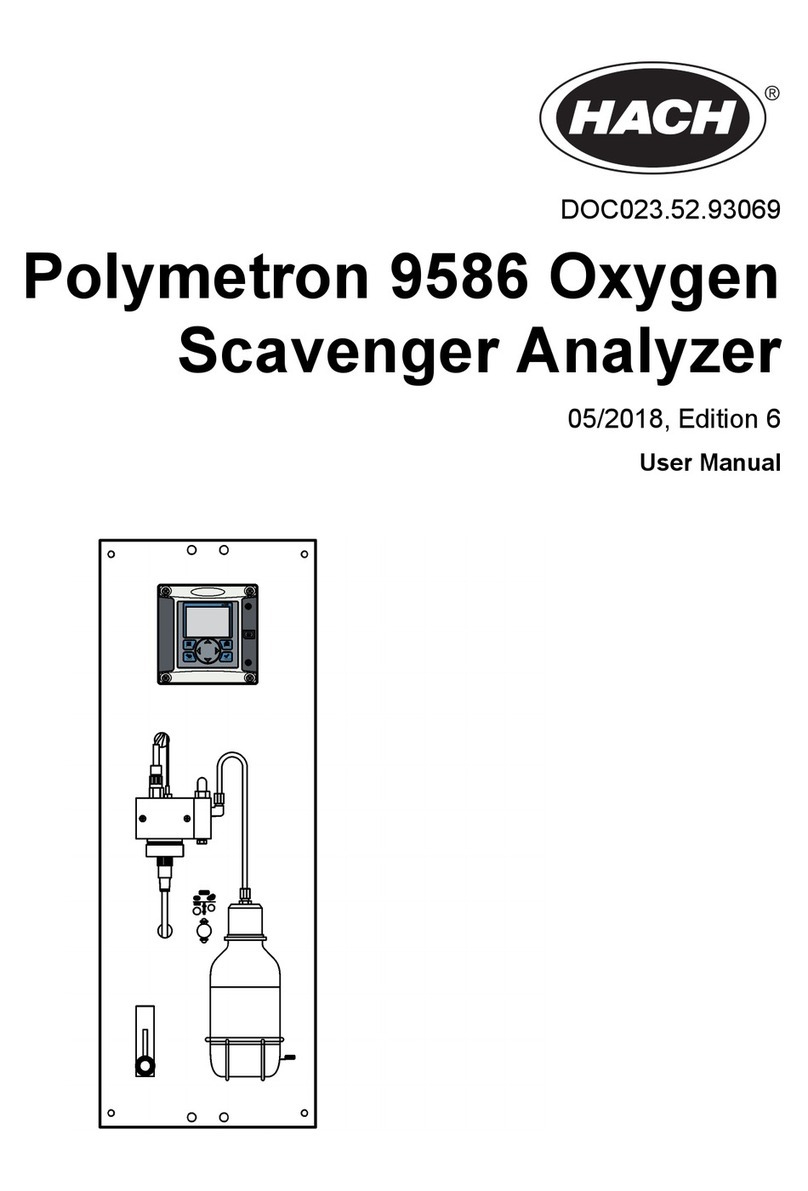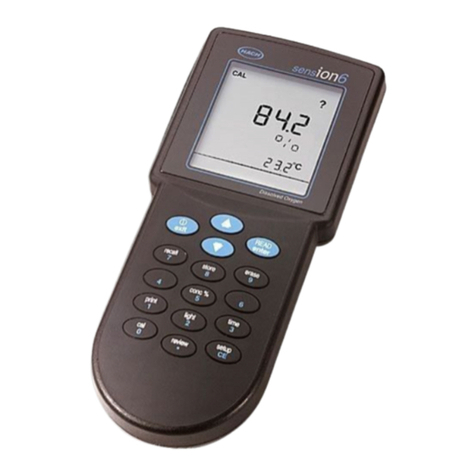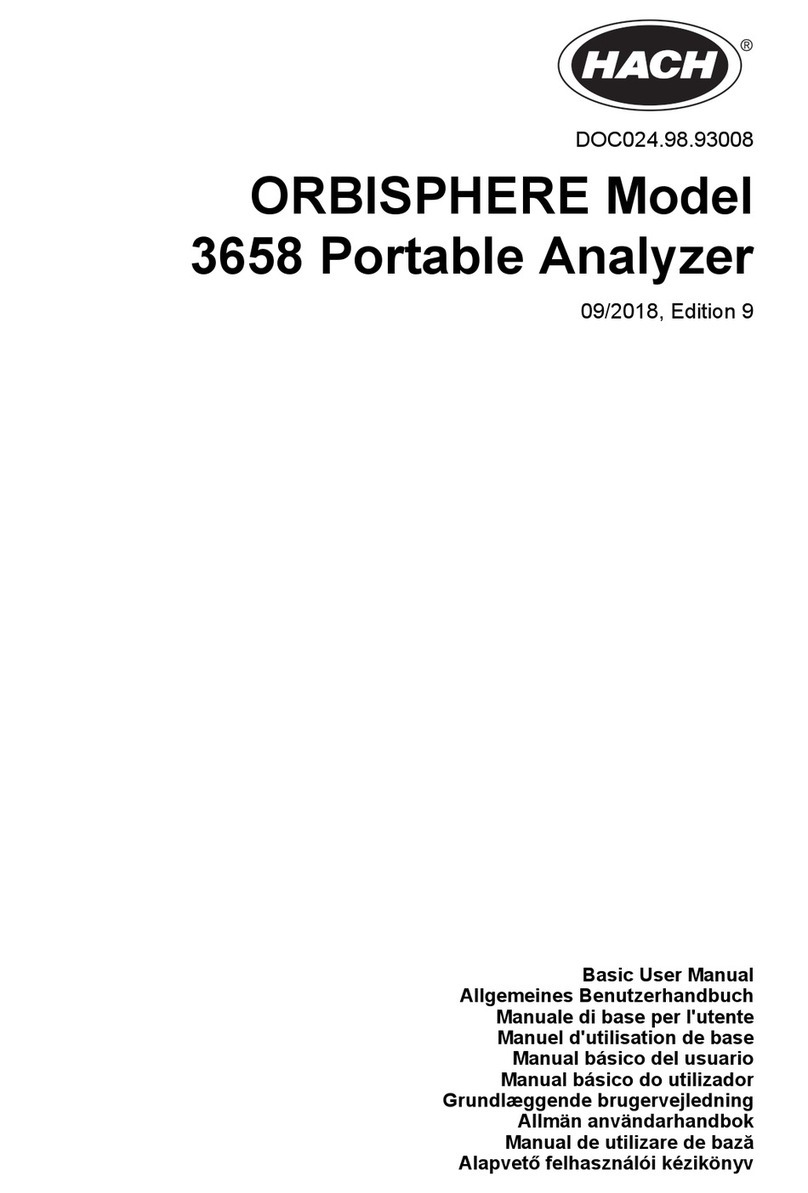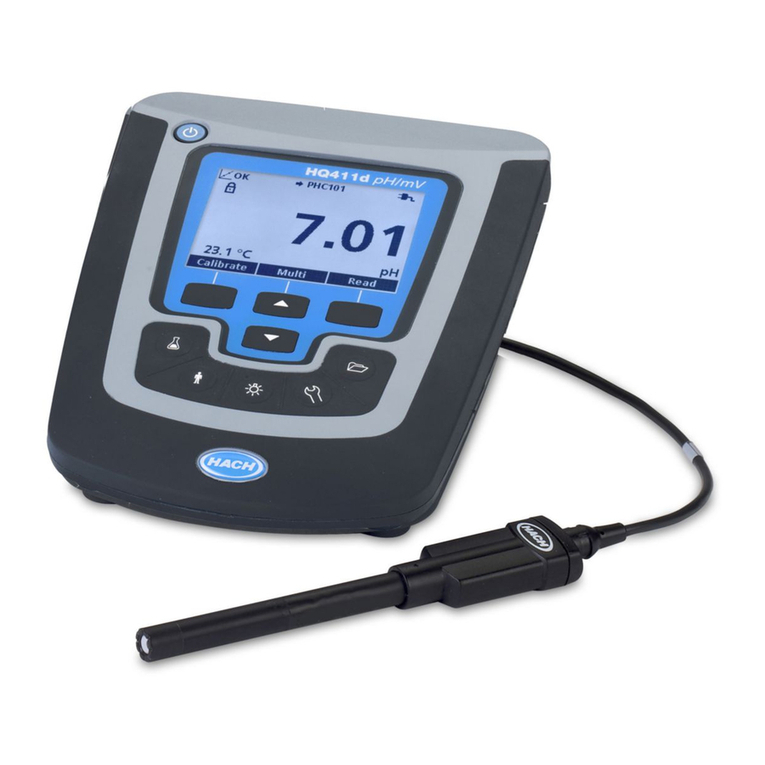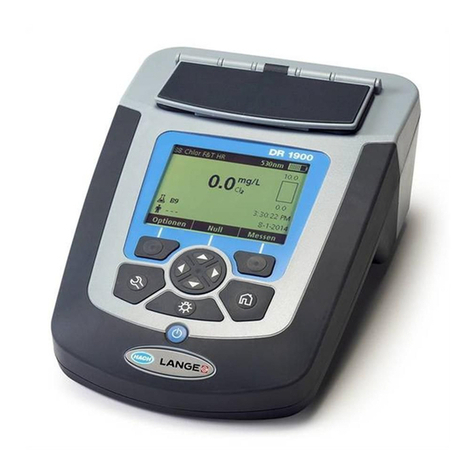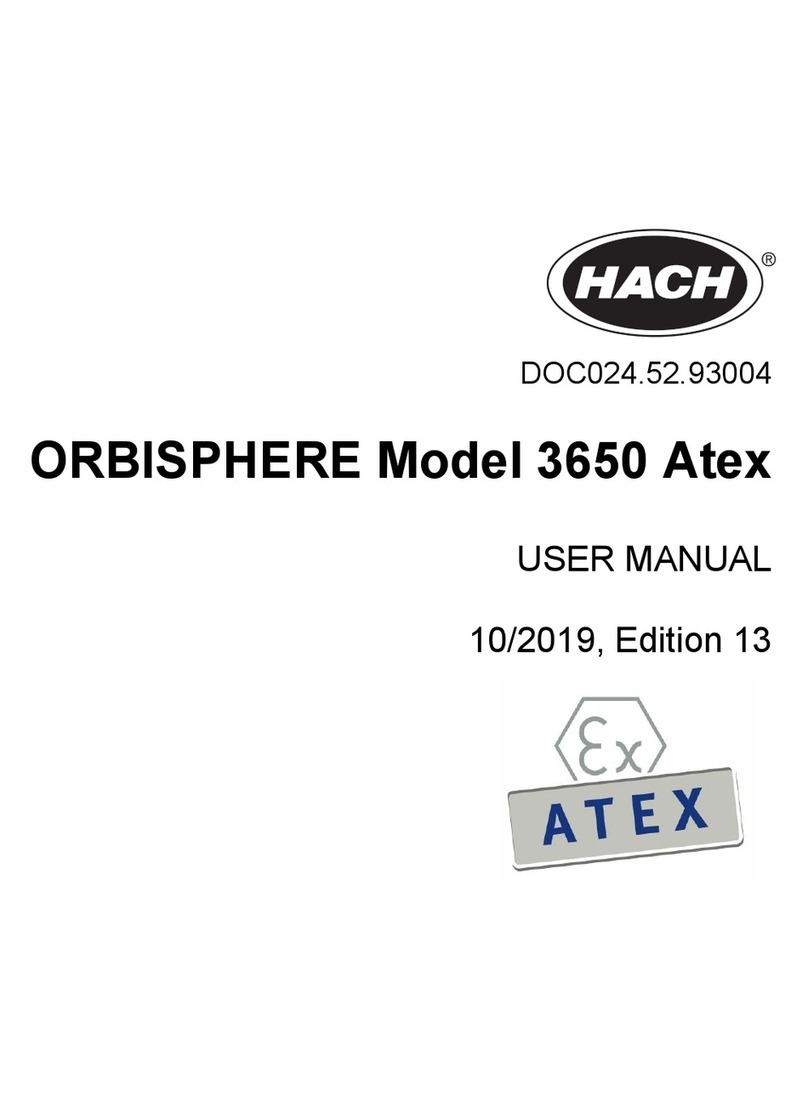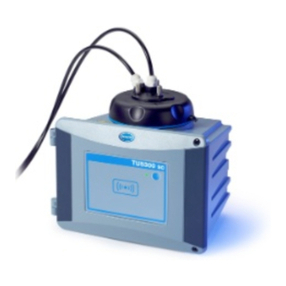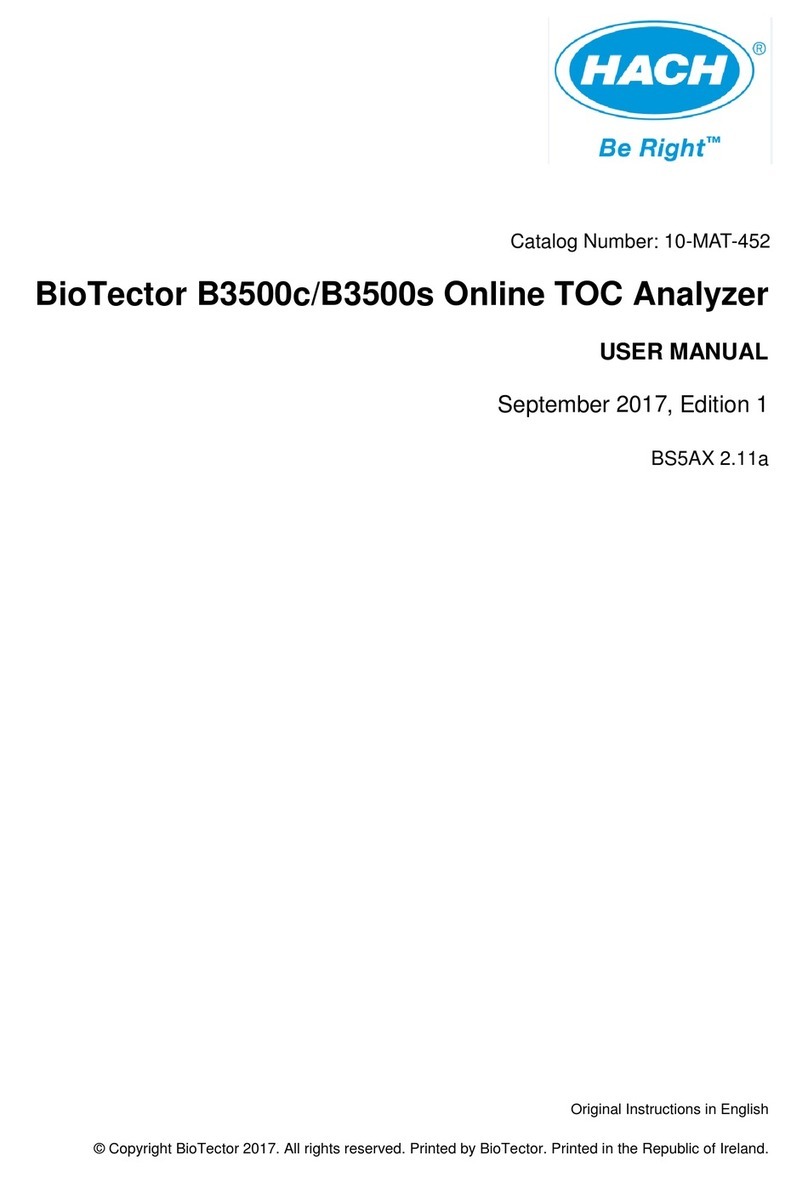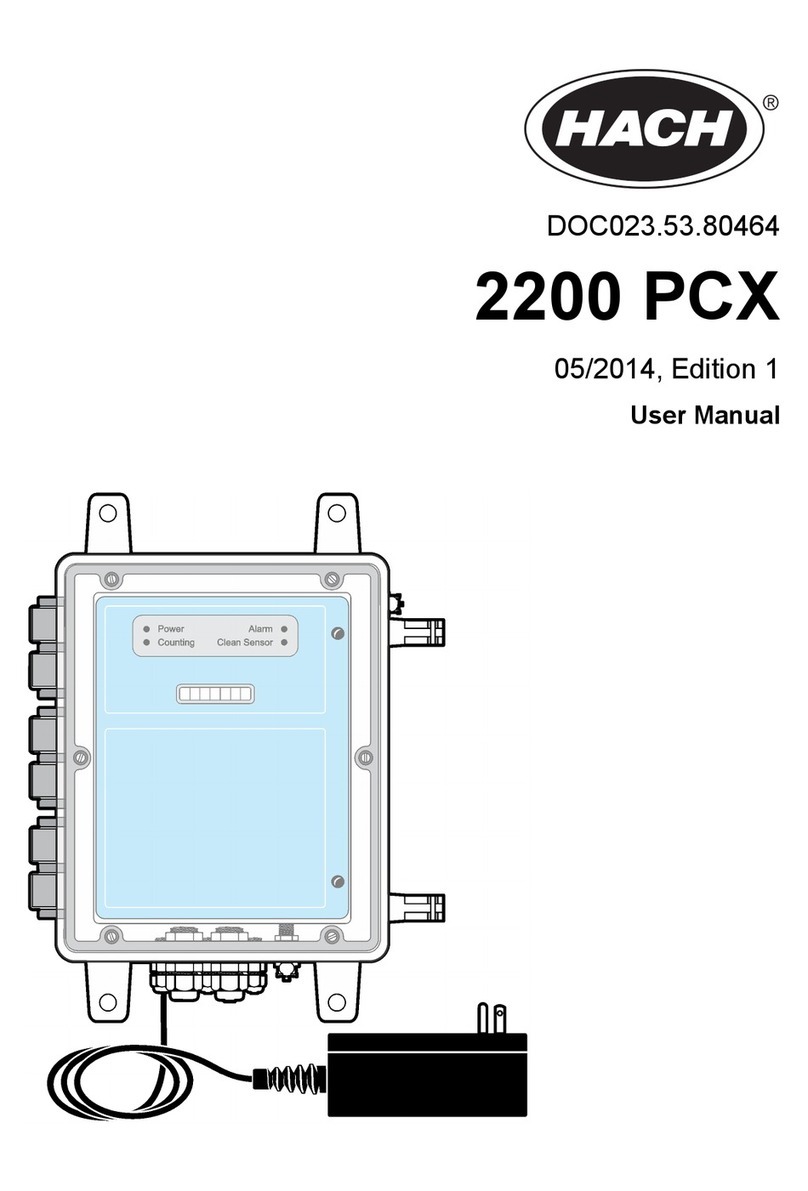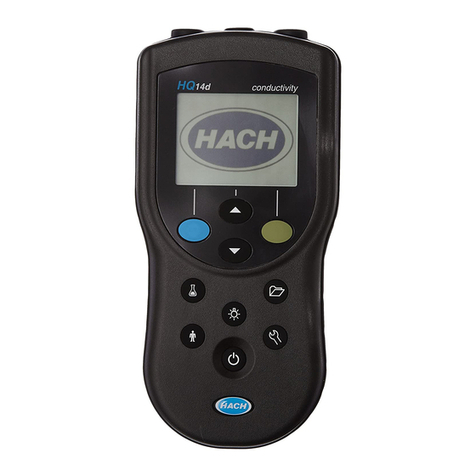
N O T I C E
Indicates a situation which, if not avoided, may cause damage to the instrument. Information that
requires special emphasis.
3.3 Precautionary labels
Read all labels and tags attached to the instrument. Personal injury or damage to the instrument
could occur if not observed. A symbol on the instrument is referenced in the manual with a
precautionary statement.
Electrical equipment marked with this symbol may not be disposed of in European
domestic or public disposal systems. Return old or end-of-life equipment to the
manufacturer for disposal at no charge to the user.
3.4 Product hazards
CAUTION
Chemical exposure hazard. Obey laboratory safety procedures and wear all of the
personal protective equipment appropriate to the chemicals that are handled. Refer to
the current safety data sheets (MSDS/SDS) for safety protocols.
CAUTION
Chemical exposure hazard. Dispose of chemicals and wastes in accordance with local,
regional and national regulations.
CAUTION
Personal injury hazard. Glass components can break. Handle with care to prevent cuts.
Section 4 Preparation for use
N O T I C E
Make sure to remove the protective tape from the reference junction of new rugged probes. A probe
with a blocked reference junction will not operate correctly.
New probes come with a soaker bottle that contains storage solution to keep the glass bulb and
reference junction hydrated. New rugged probes come with protective tape over the reference
junction. Prepare the probe as follows.
1. Remove the soaker bottle or probe storage cap from the probe. Refer to Figure 2.
2. If a rugged probe, remove the protective tape from the reference junction. Refer to Figure 2.
3. Rinse the probe sensors and reference junction with deionized water. Blot dry with a lint-free
cloth.
4. For faster stabilization, soak the probe for 3 or more minutes in the sample before use.
5. Make sure that the meter has the correct date and time settings. The service-life time stamp in
the probe comes from the date and time settings in the meter.
Note: Some meters automatically open the date and time settings when the meter starts for the first time, or
after battery replacement.
6. Connect the probe to the meter.
English 5
